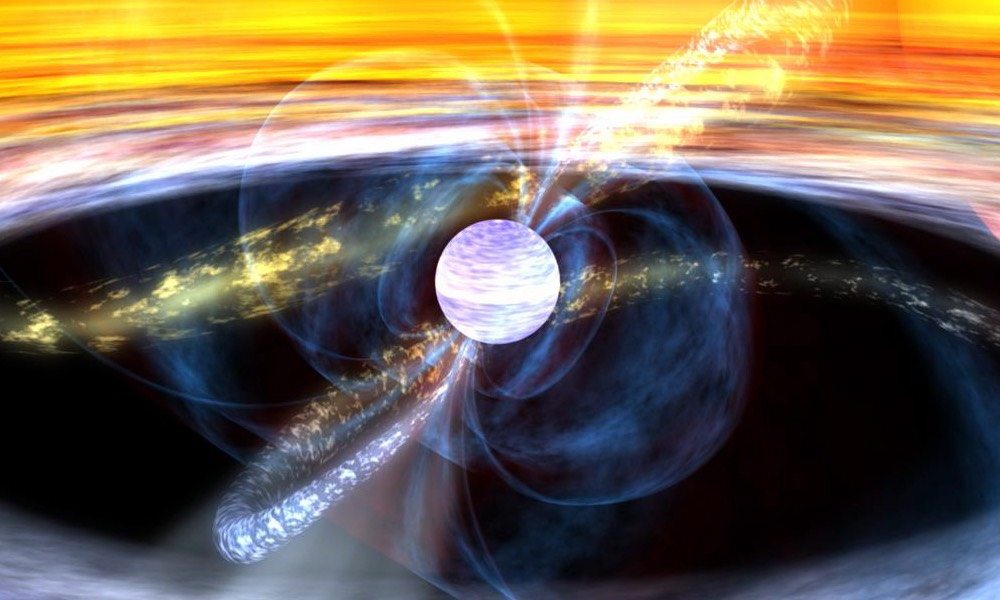Two Infant Planets May Help Prove How Older Planets Formed and Migrated

Toggle Dark Mode
Scientists believe that two “baby” planets – estimated to be around only a few million years old – may give them new clues on the evolutionary process that more mature planets like Earth and Jupiter went through a long, long time ago. What makes one of the planets, K2-33b, so special is that it creates a slight discord in what we know about planets forming and how they migrate.
Instead of being like most gaseous planets like Jupiter or Neptune, K2-33b does not sit far away from its system’s host star. In fact, K2-33b sits about twenty-five times closer to its star than Earth does to the Sun.
Known as the “Hot Jupiter,” K2-33b may provide the best proof that gaseous planets need to be formed in the first 10 million years of its existence. Before K2-33b, the gaseous planet theory had little physical evidence that supported these claims.
K2-33b measurables are unbelievable. In its infancy, the planet is already five times the width of Earth and encircles its young star, V830 Tau, in just 5.4 days. V830 Tau is listed only a few million years older than K2-33b, which makes scientists believe that K2-33b may have migrated into the K2-33 solar system while being incredibly young.
If it is true that K2-33b did migrate into the solar system, it will shatter many migration models that contend many planets takes hundreds of millions of years to move to a new system.






